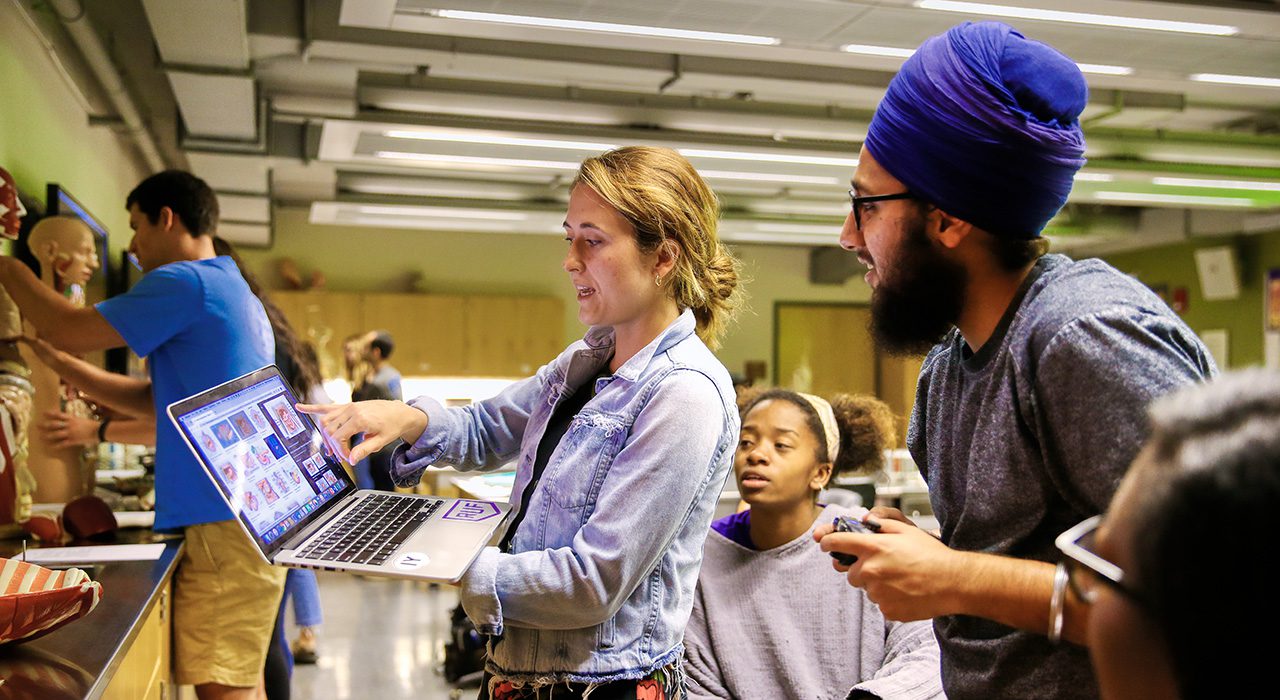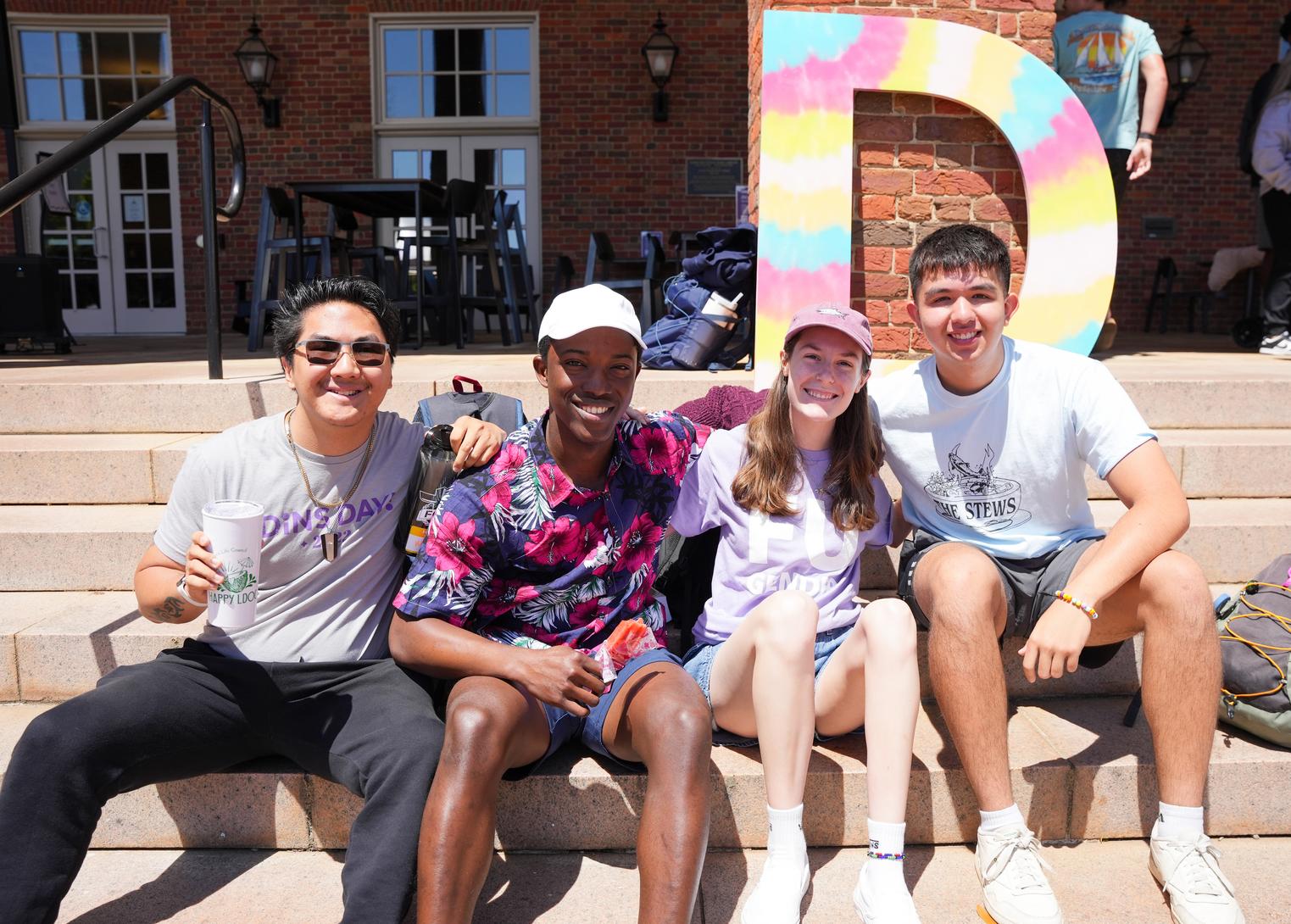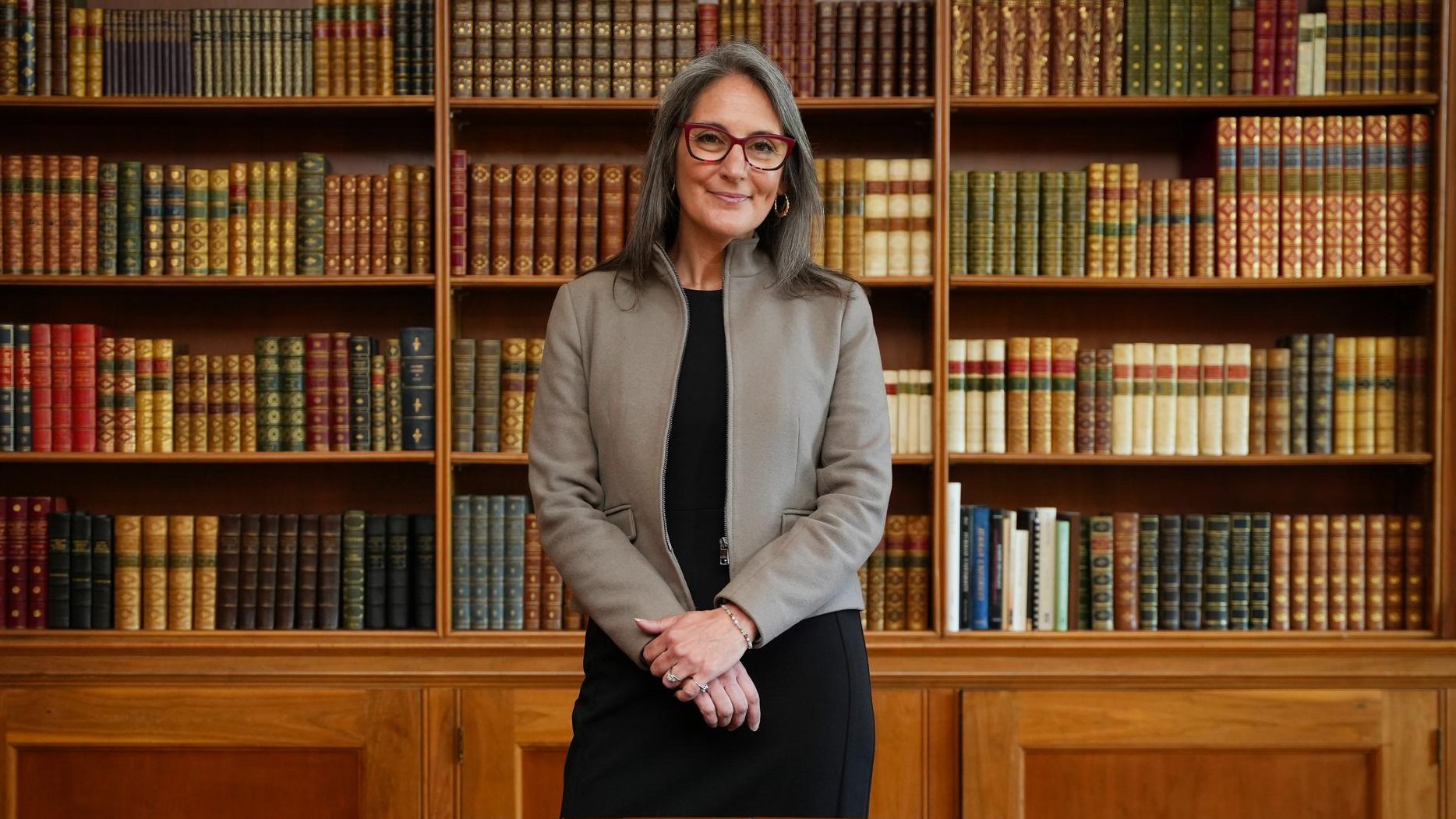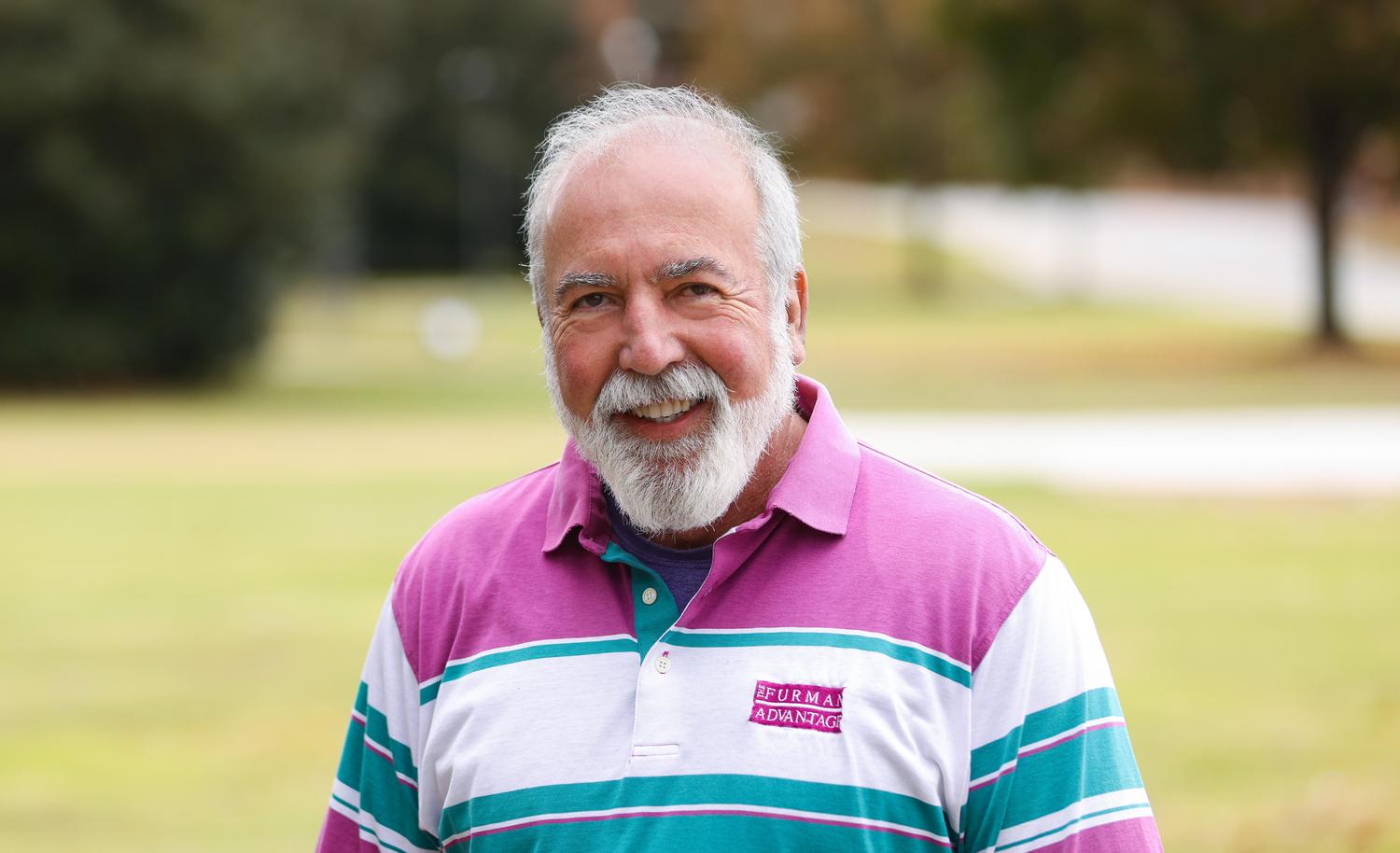Program Overview
Table of Contents
What is an m.s. in community engaged medicine?
The health of a person is inextricably linked to the health of the community. Medical providers and leaders are growing increasingly aware that effective health care extends beyond the clinical setting and must engage the community as a whole. The Master of Science in community engaged medicine is a 12-month graduate program that puts students into the field to learn about health disparities firsthand, leading to an advanced understanding of science and population health and all of the social and biological factors that can affect it.
Why pursue a master’s in community engaged medicine at Furman?
Furman’s M.S. in community engaged medicine is unique in its ability to combine public health science with biomedical sciences. With a sophisticated understanding of the growing imbalance between community health needs and resources, students will be better prepared to be health care professionals. As a private liberal arts and sciences university, Furman provides an exceptional environment for a multidisciplinary approach to health care studies. Small class sizes of 15 to 20 students provide one-to-one access to faculty who are among the best in their fields. Students have access to state-of-the-art resources and facilities. Get in touch with our Education Coordinator to learn more or start your application today.
How will you learn?
In addition to coursework and seminars on topics such as anatomy, physiology, epidemiology and health policy, students will pursue a nine-month clinical experience with partner organizations in the community that are working to address the needs of under-resourced populations. Students will also participate in implicit bias and community engagement training and will receive career counseling and test preparation for professional examinations such as the MCAT, DAT or GRE.
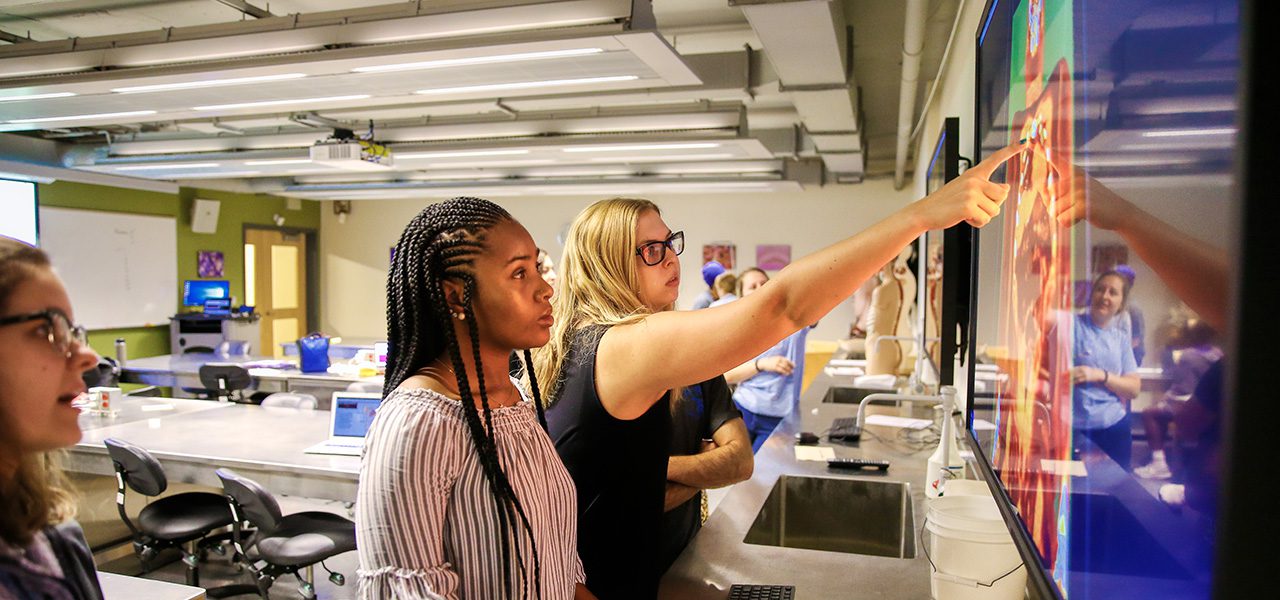
Careers for M.S. – community engaged medicine graduates
The degree can significantly enhance the academic records of students pursuing medical school, dental school or other health-related professional programs and careers.
A background in community engaged medicine can be a step toward a career as a:
- General or family practitioner
- Medical specialist
- Dentist
- Physician assistant
- Health law professional
- Health researcher
- Health care administrator
- Community organizer
- Nonprofit executive
M.S. – community engaged medicine courses: What will you study?
Sample courses include:
-
No. 6rank of Furman among National Liberal Arts Colleges in the Southeast, according to U.S. News and World Report
-
94.6%full-time faculty at Furman with the highest degrees in their fields
-
9:1student to faculty ratio
What our students say
Our faculty
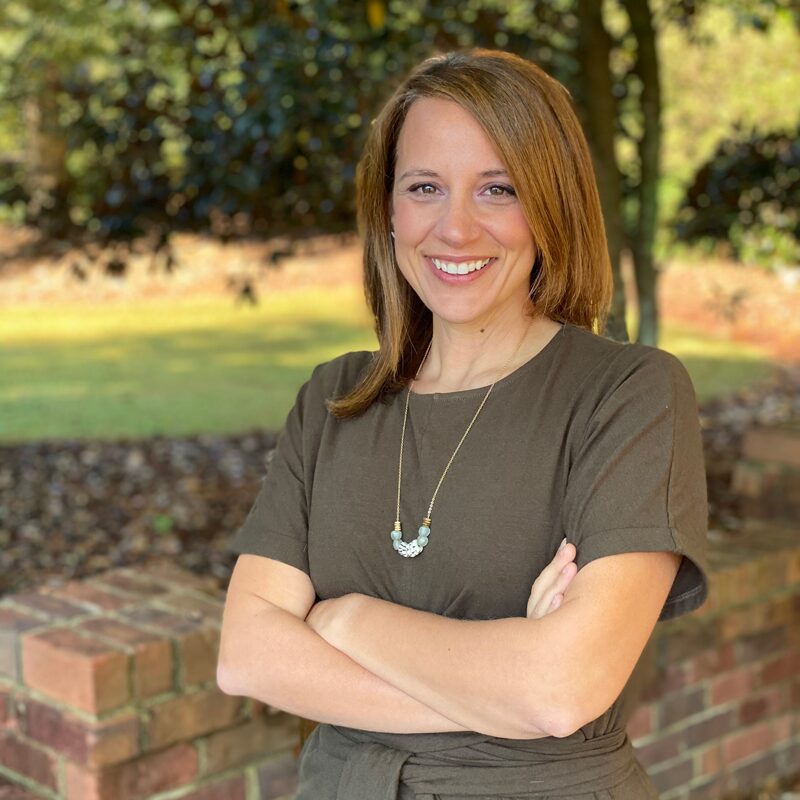
Rachael Bowers, Ph.D.
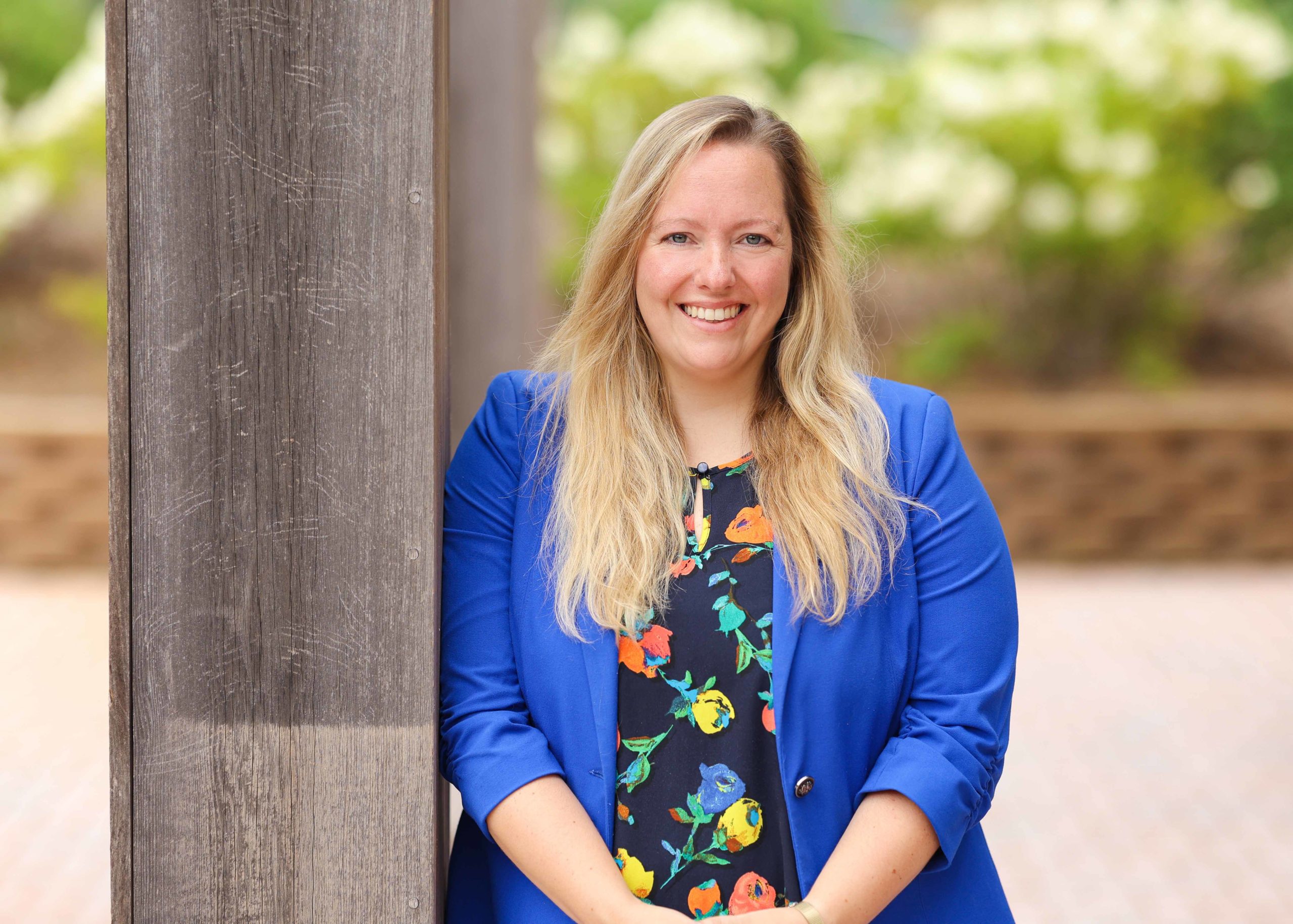
Katie Beeson
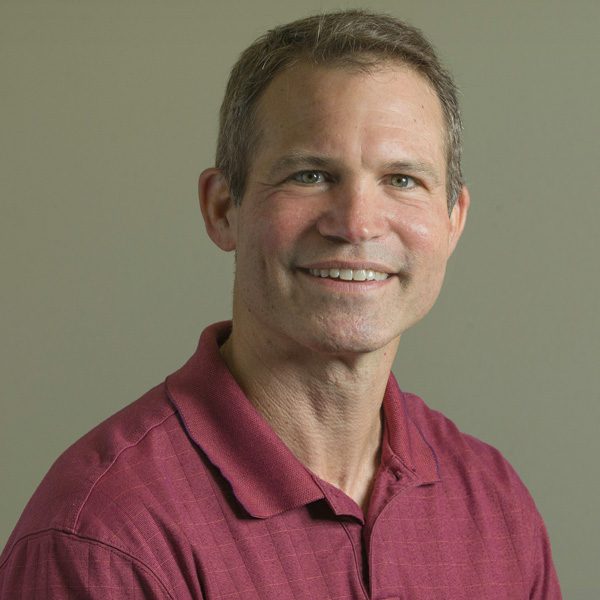
Tim Patrick
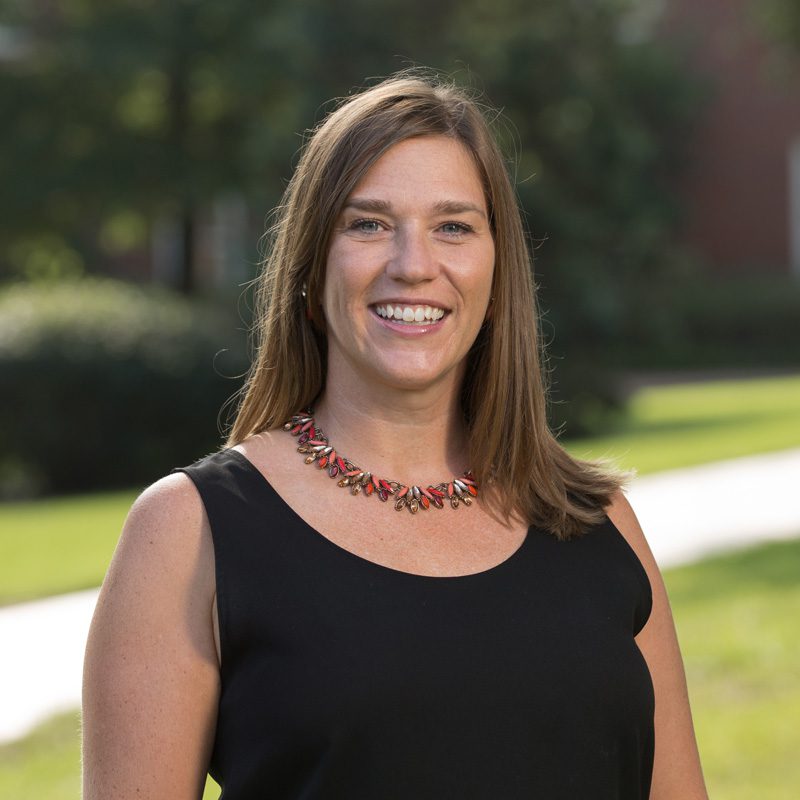
Anna Cass
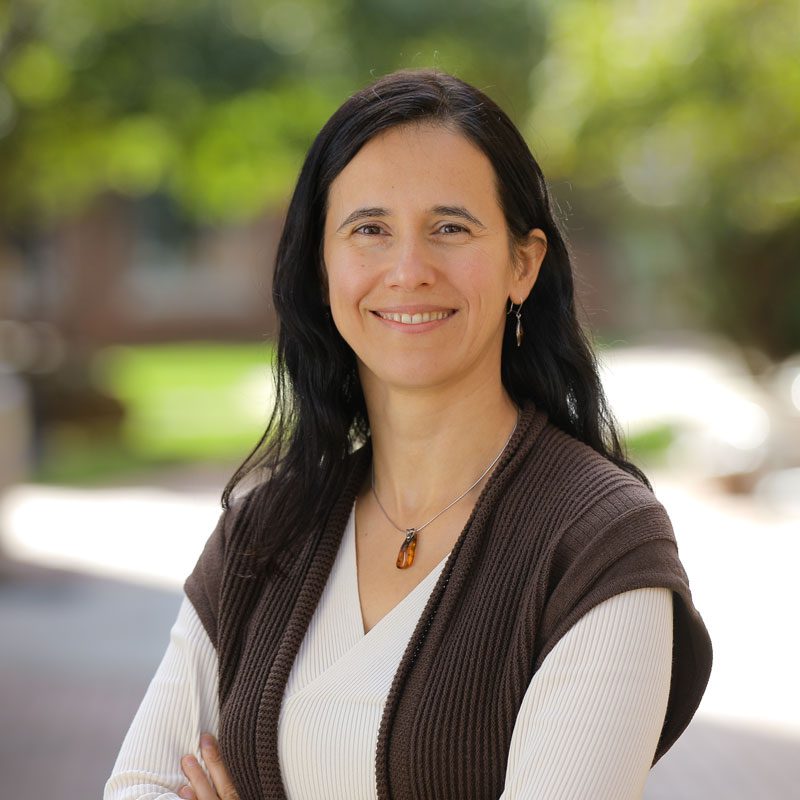
Mara Robu
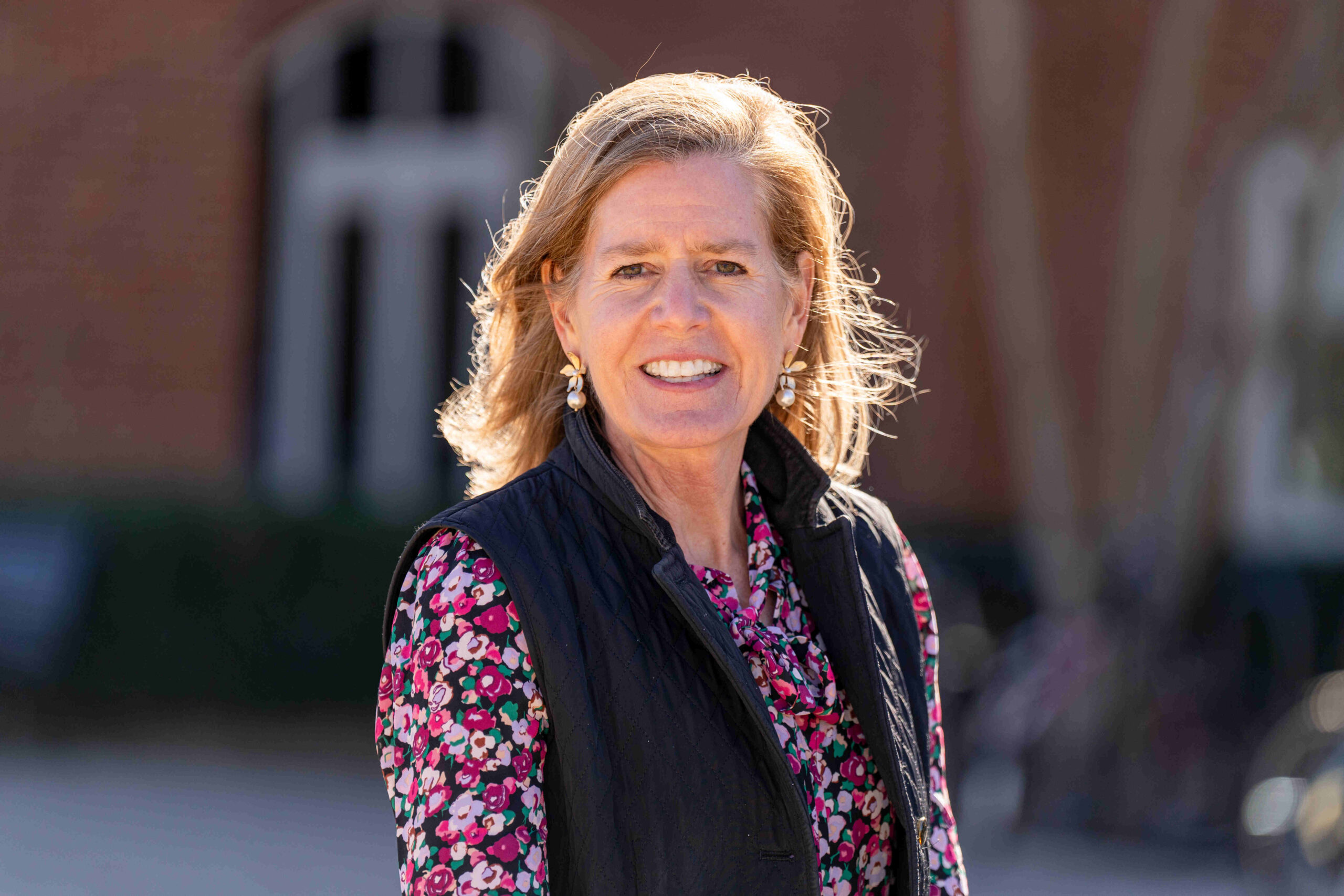
Loretta Crowley
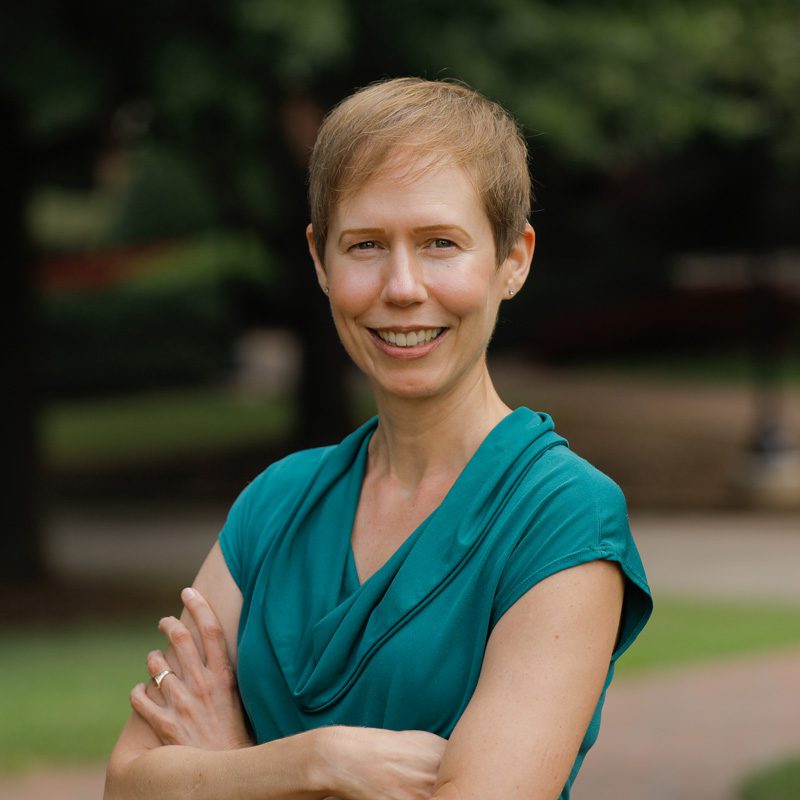
Pamela Hanson
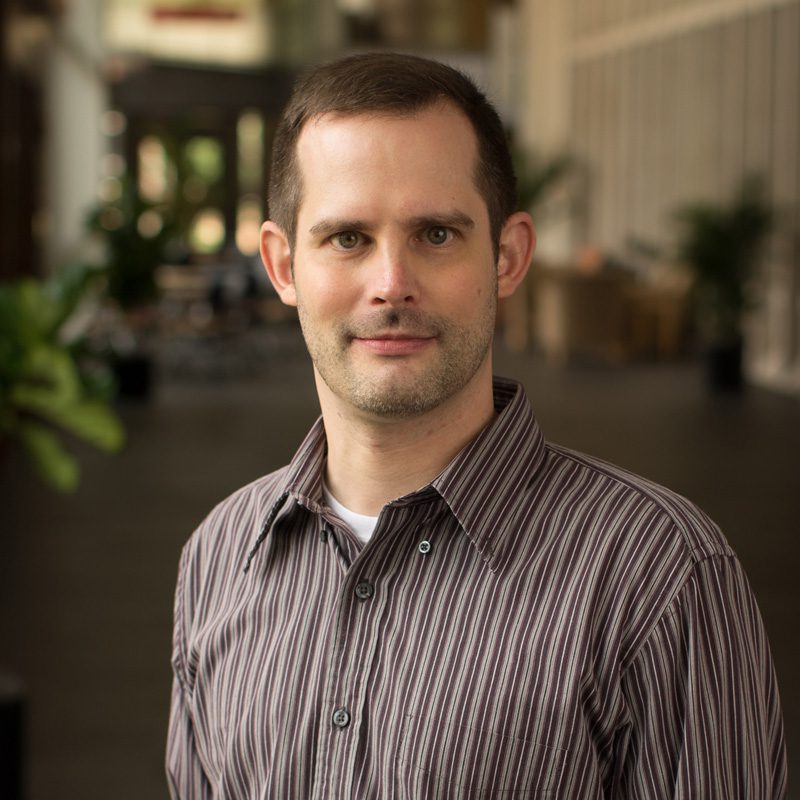
John Banisaukas

Community Engaged Medicine – Master of Science F.A.Q.
Community health is a multisector and multidisciplinary collaborative enterprise that uses public health science, evidence-based strategies and other approaches to engage and work with communities, in a culturally appropriate manner, to optimize the health and quality of life of all persons who live, work or are otherwise active in a defined community or communities.
The U.S. Office of Disease Prevention and Health Promotion defines a health disparity as “a particular type of health difference that is closely linked with social, economic and/or environmental disadvantage.” Race, ethnicity, sexual identity, age, disability, socioeconomic status and geographic location can all affect an individual’s ability to achieve good health. The concept of community engaged medicine works to overcome these disparities and to improve the health of all groups.
Some recent studies have shown that racial and ethnic minorities and women receive less accurate diagnoses, less extensive treatment options and less pain management, and suffer worse clinical outcomes. Implicit bias training in a community setting can help practitioners become aware of and work against these unconscious biases, thereby providing better care for their future patients.
Apply today by visiting our Begin Your Application page.
